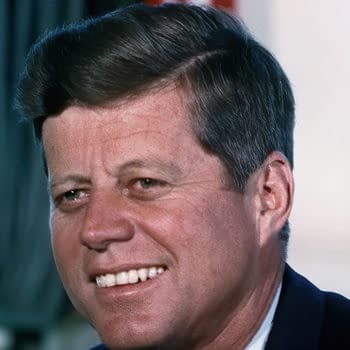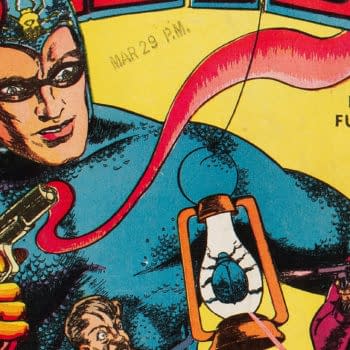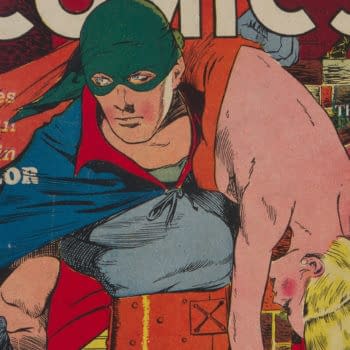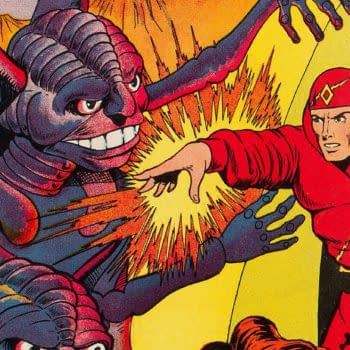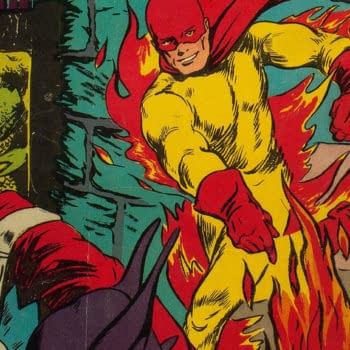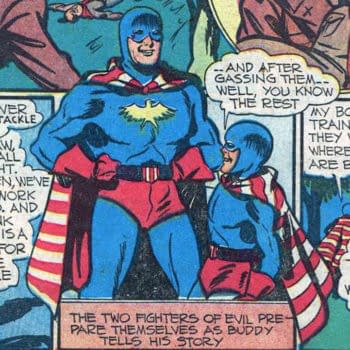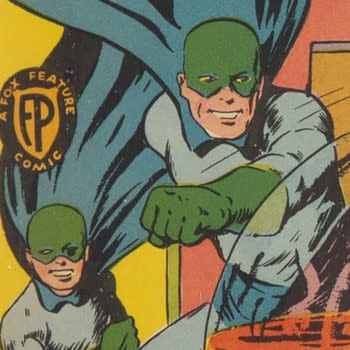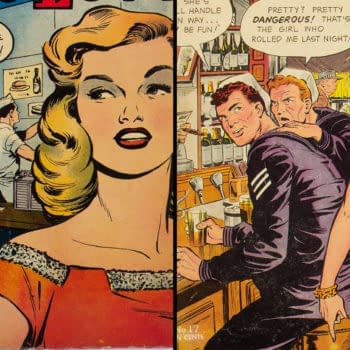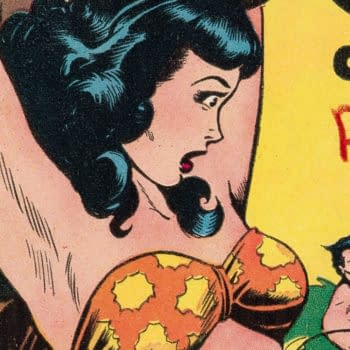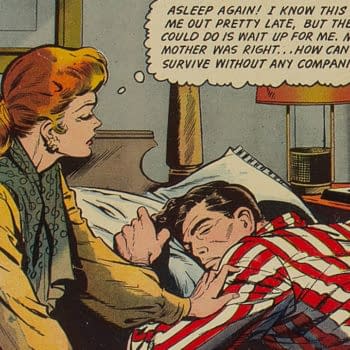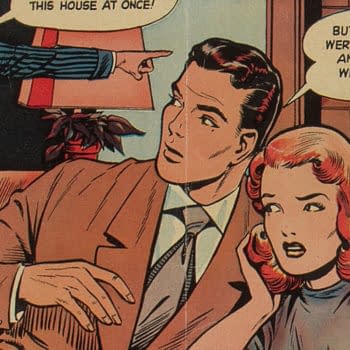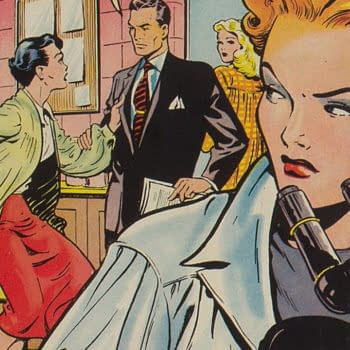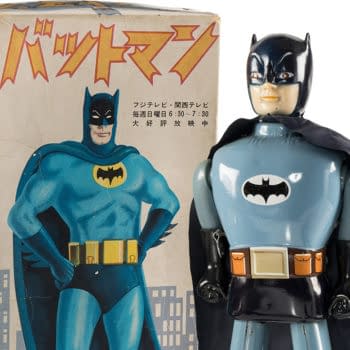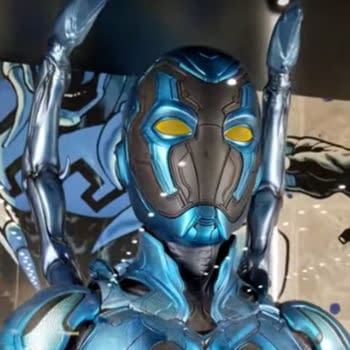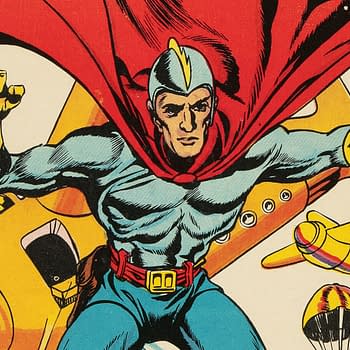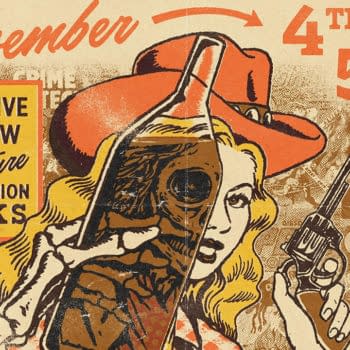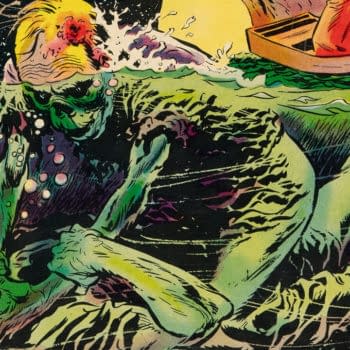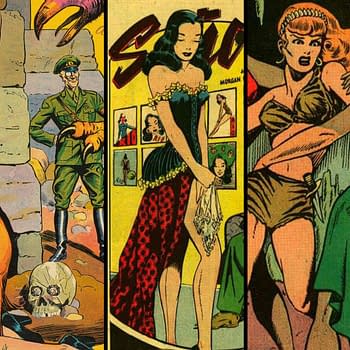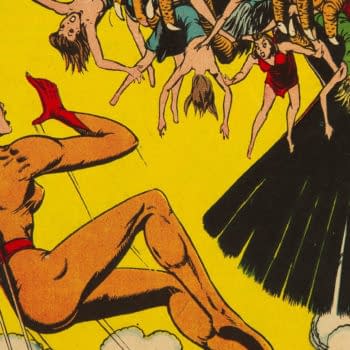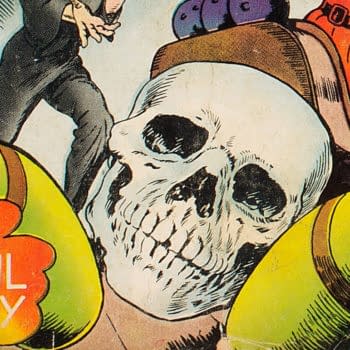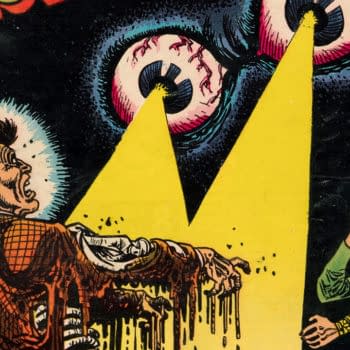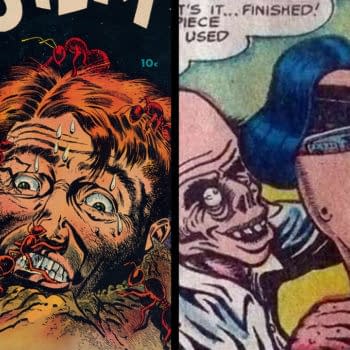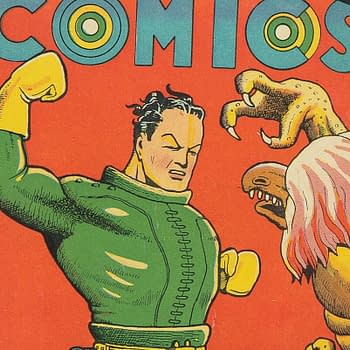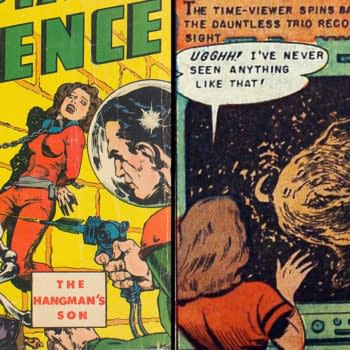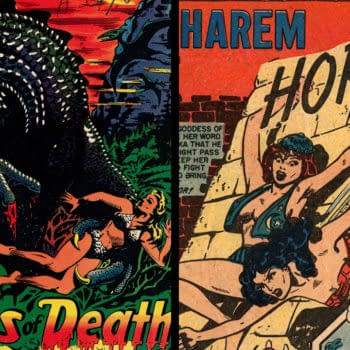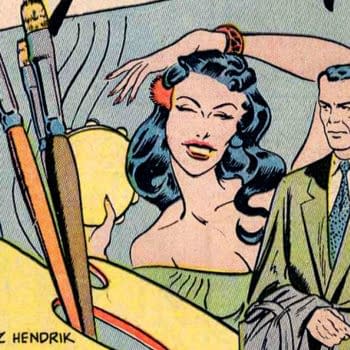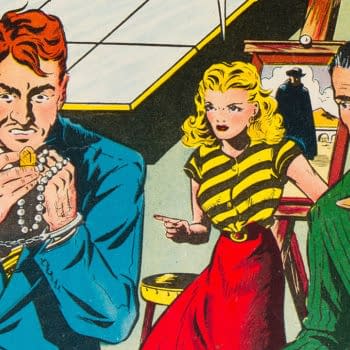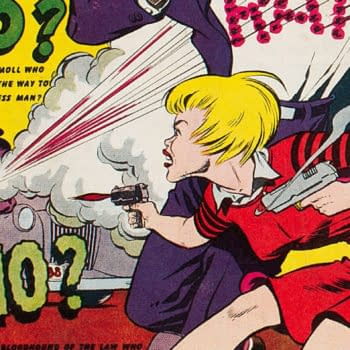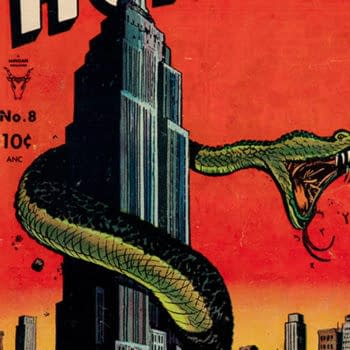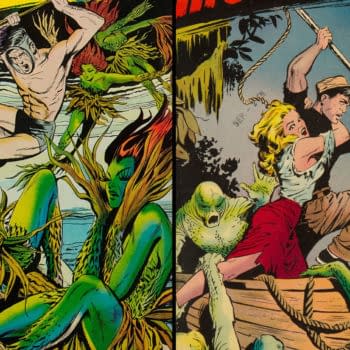Secret Service agent Paul Landis has told his JFK bullet discovery story twice before, with each account differing in important details.
Mark Seifert Archives
After launching in 1939, 1940 became Blue Beetle's year. He received a newspaper strip, radio show, his own series -- and an origin.
With covers and art by Lou Fine, Joe Simon, Bob Powell and many others, Mystery Men Comics is one of the stand-out series of its era.
Victor Fox's important early Golden Age title Science Comics chronicles how Timely/Marvel beat him to the name Electro.
After his debut in Wonderworld Comics #3, Fox Feature Syndicate's The Flame evolved dramatically during the course of his own series.
The Eagle first appeared in the Fox Features Syndicate 1940 release Science Comics #1, but then the super-scientist became a super-soldier.
Fox's Green Mask got his powers from a Vita-Ray machine long before Captain America did, and this Golden Age series is tough to get.
Secrets of True Love is the very last Romance comic book released by St. John Publications, and is part of an interesting Matt Baker mystery.
Within a few months in 1947, Matt Baker, Jack Kamen and the rest of the Iger Studio completely transformed Victor Fox's comic book line.
Another title acquisition from Ziff-Davis, Romantic Marriage features a cover by Matt Baker and an interior story by Murphy Anderson.
In 1949, Fawcett launched a lawsuit that ultimately forced St. John to rename its titles Hollywood Confessions and Pictorial Confessions.
Legendary artist Matt Baker and writer Dana Dash combine romance and science in this wild story for St. John's Teen-Age Romances #12.
Bat-Robots, Bat-Buses, Bat-Tanks, Bat-Harmonicas and pretty much any other Batman merchandise you can imagine has been manufactured.
The costume for Warner Bros. Pictures' Blue Beetle is on display at San Diego Comic-Con this week ahead of the film's August 2023 opening.
The legendary team of Joe Simon and Jack Kirby collaborated on early issues of Blue Bolt from Novelty Press.
Collectors Summit is an event geared towards serious collectors of Golden Age to Bronze Age comic books, pulp magazines, original artwork.
Tomb of Terror #16 from Harvey Comics in 1954 features an unusual mix of science fiction and horror behind a lurid Lee Elias cover.
Fight Comics #40 (Fiction House, 1945) features Señorita Rio by Lily Renée, Tiger Girl by Matt Baker, and a collector-favorite Señorita Rio cover.
The cover of Punch Comics #20 by distinctive stylist Paul Gattuso is a good example of the weirdly horrific style of the series.
Mysterious Adventures is an important Pre-Code Horror title with some classic covers and a publisher who leaned into the controversy.
Joe Maneely's wild cover for the 1954 Marvel/Atlas release Astonishing #30 is a perfect match for the lead story of this issue.
Mister Mystery #11 featured one of the most memorable covers of the Pre-Code Horror era by Spectre co-creator Bernard Baily.
Target Comics #7's classic Spacehawk cover is a Golden Age gem showcasing Basil Wolverton's unique artistic style and storytelling ability.
In Captain Science #7, Captain Science & Luana take on a Vampire Planet that intends to suck the life out of earth, Galactus style.
L.B. Cole's cover for Jay Disbrow's Lost World-style feature Morass of Death makes Terrors of the Jungle #4 a 1953 Pre-Code Horror classic.
In which the elusive Liberty Comics #14 gives us a hook into understanding the sometimes murky world of the comic book industry of its era.
D.S. Publishing's short but memorable crime comic book line included the likes of Gangsters Can't Win and Pay-Off.
One of the most famous crime comic books of the Pre-Code era, True Crime Comics #3 features work by the legendary Jack Cole.
Mel Keefer's cover for the 1953 Toby Press release Tales of Horror #8 features a giant monster rampaging in New York City.
The history suggests that Matt Baker was brought in to cover St. John's Amazing Ghost Stories to provide it with a very different look.



